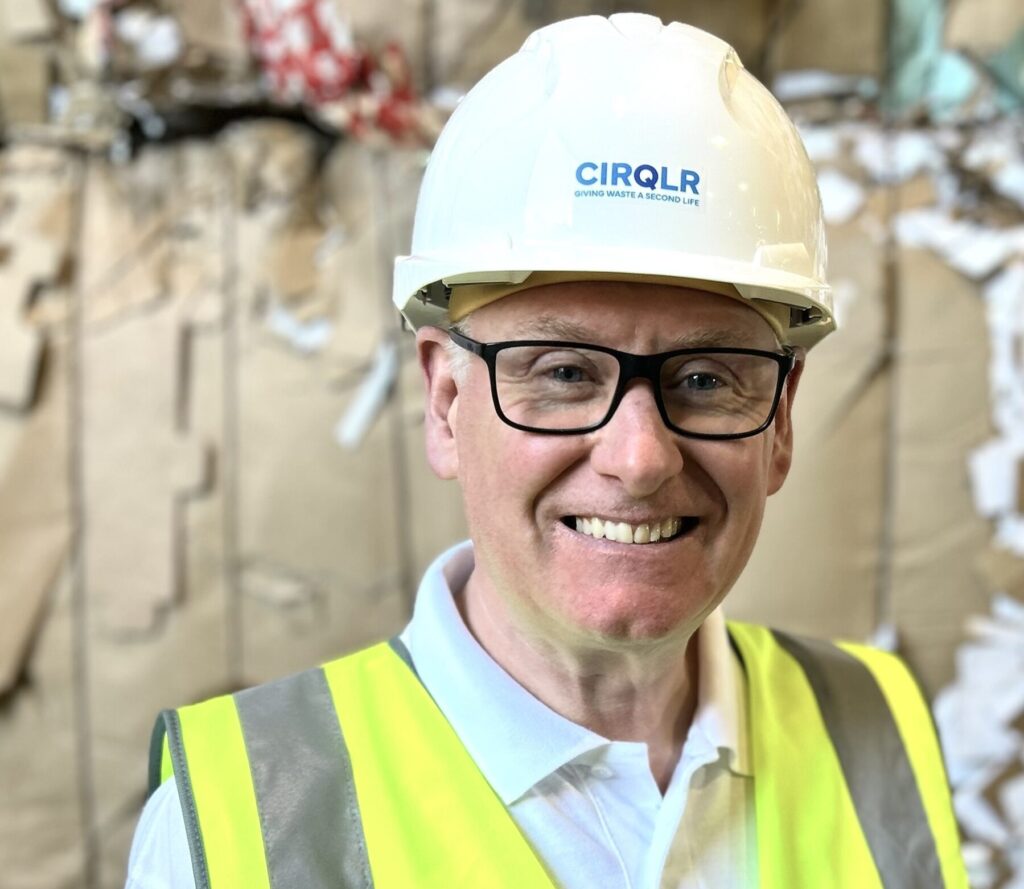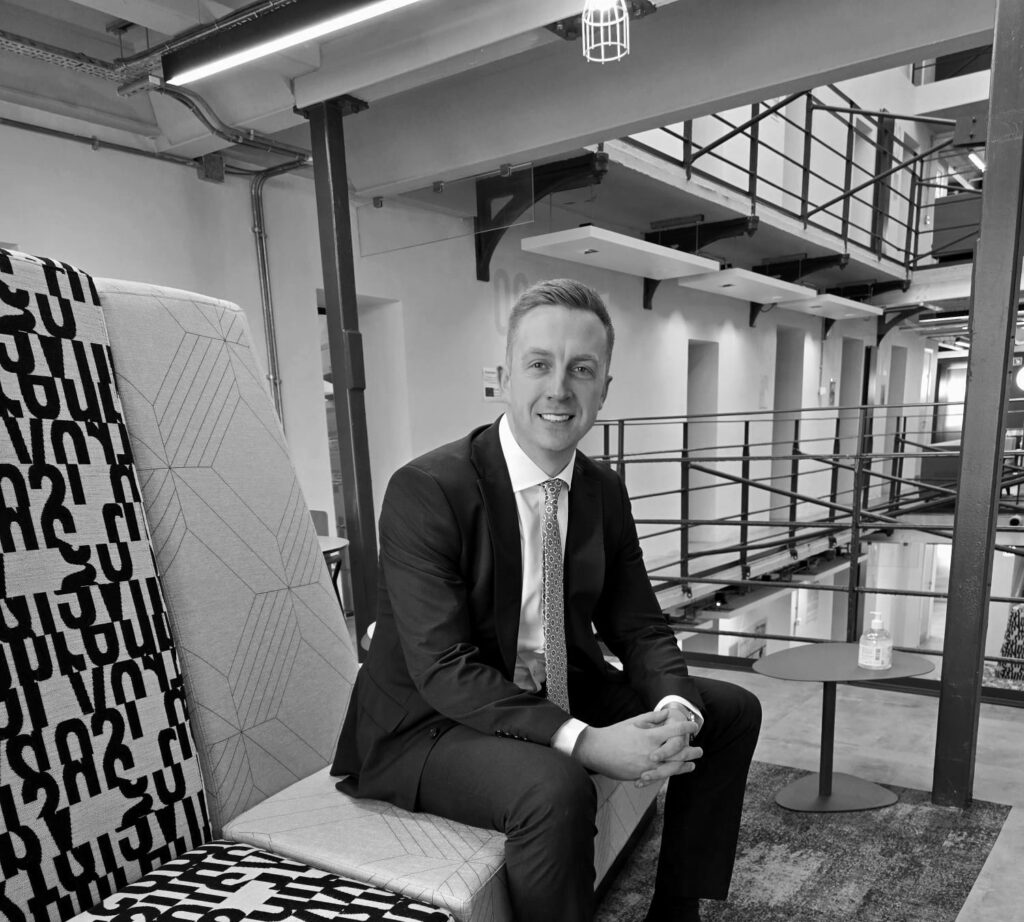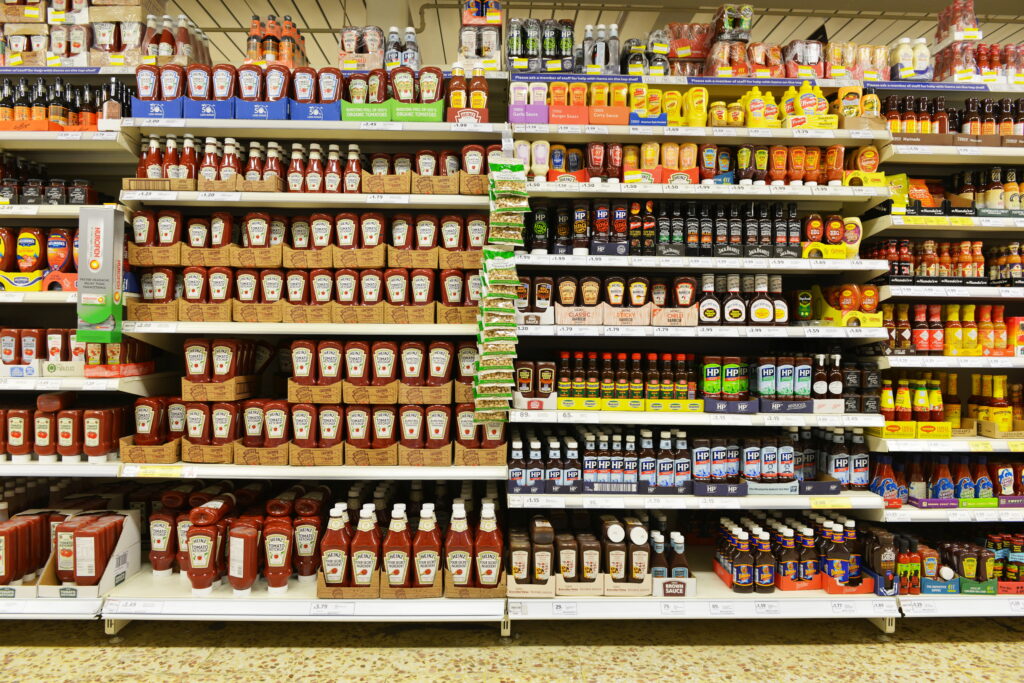While in December 2010 the UK froze, Serbia basked in temperatures in the teens so there was no need for the overcoat I travelled out with. I was in the city of Novi Sad, which sits astride the River Danube and is an hour's drive north west of Belgrade, to participate in an International Solid Waste Association Beacon Conference sponsored by the Serbian Solid Waste Association, one of ISWA's 36 national members.
This was my first ISWA commitment after taking over the Presidency from Atilio Savino the previous month at the Annual Congress in Hamburg and it was also my first visit to Serbia, although this was the third ISWA Beacon Conference to be held in Novi Sad. The Conference covered Public Private Partnerships and Hazardous Waste in Developing Countries in South East Europe, the Middle East and Mediterranean Region, the area covered by this ISWA Regional Development Network, and ran from 8-10 December 2010.
Novi Sad
Novi Sad is the capital of the Autonomous Province of Vojvodina, with its population of 2 million, in the north of Serbia. Novi Sad has over 300,000 of the total population. At the Conference we were welcomed by Dusanka Sremacki, the Provincial Minister for the Provincial Secretariat for Architecture, City Planning and Civil Engineering, who had just flown in from Bucharest where she had been discussing collaboration on environmental issues between Serbia, Hungary and Romania. Serbia is now fast-tracked for potential EU membership, hence its interest in linking up with two existing EU Member States (MSs) and in both PPP and hazardous waste management.
The ISWA conference opened with a presentation by ISWA President Jeff Cooper outlining the reasons for the development of the ISWA Climate Change and Waste Management White Paper. ISWA had produced the White Paper for the CoP 15 meeting in Copenhagen in December 2009. The paper had later been translated into Spanish for the CoP 16 in Cancun, Mexico.
The questions following Jeff Cooper's presentation focused on a number of issues, including:
- waste prevention policies and their success so far
- landfill bans in Europe whilst landfill remains the main waste option in most of the World, including both the USA and Australia/NZ
- incineration overcapacity in several EU member states.
Jeff Cooper responded that to date waste prevention had had limited effect and that over the past two years it was difficult to disentangle the effects of the global financial crisis in damping down overall demand from consumers compared with the underlying efforts made by business generally to do more with less and thus deliver lighter products and less packaging to the consumer.
Landfill
Landfill would remain an option in every country, even of last resort in those countries that were working towards zero waste to landfill. Certainly in the USA and Australia/NZ there was a free market for waste disposal services and public opinion against incineration has ruled out that option at present. Perhaps in future the need for fuel security and also to develop renewable energy sources would break the logjam, at first in the USA and then afterwards, perhaps even in the antipodes as they become used to the gasification of waste, the current soft option for energy recovery.
In contrast, in several European countries, especially Germany and The Netherlands, there is overcapacity in incineration. Therefore this offers other European countries a cheaper option for recovery of their waste through these facilities. Therefore Italy is sending its non-recyclable plasticwaste for energy recovery to German EfW plants.
Naples
David Newman, the newly elected Vice-President of ISWA and a key figure for several Italian waste associations, added that there were still problems with the disposal of waste from Naples, despite the opening of an incineration plant 18 months ago. A second line, like the first, of 500 tonnes per day capacity, would be opened soon but meanwhile the Italian government was negotiating for incineration capacity in The Netherlands in order to deal with the current problem with waste on the streets of Naples.
Subsequently, from information provided by further sources, it transpired that the Italians were getting a good deal, around €60 per tonne for recovery and disposal, compared to the €180 per tonne the residents living in the area served by those incinerators would be paying. However, the Italians would in addition be paying for the train transport but on the other hand what would be the marginal cost of processing this waste through the EfW plants in The Netherlands, more or less than €60 per tonne?
PPP
Most of the papers at the Beacon Conference were about different aspects of hazardous waste management but there were three plenary presentations dealing with PPP. Andy Street from SLR Consulting gave a comprehensive update on the UK's current PPP arrangements, including the Coalition Government's recent decision to abandon the financing of several of the latest agreed PFI arrangements, partly to save money but also because the Government now feels confident the UK can reach its EU targets for the reduction of biodegradable municipal waste under the Landfill Directive in 2013.
In addition, there was a presentation on Modernising Landfills through PPP: a comparison of Romania, Bulgaria and Serbia. Reka Soos of Green Partners based in Cluj-Napoca, Romania, one of the leading members of the CWG – the Collaborative Working Group on Solid Waste Management in Low- and Middle-Income Countries – presented on behalf of his fellow authors. He showed how PPP could be used for the first steps in moving a waste system from open dumping to engineered landfill.
Reka Soos provided a great amount of background detail about the three states showing the scale of the obstacles that will need to be overcome to provide effective waste management services for the whole population.
Engineered landfills
The upgrading or repacement of dumps by properly engineered landfills is one of the essential prerequisites of the accession process for aspiring EU member states. Fortunately there is a considerable period of time for the new and accession countries to comply with the standards set by the 1999 Landfill Directive. Therefore it is only in 2014 that Romania and Bulgaria have to ensure that they dispose of waste in new waste treatment plants for all areas with population over 10,000. Nevertheless, that is a huge ambition for countries where there are few proper landfills currently available. Hence the need for access to large amounts of finance, part which will be provided through private finance but much inevitably will come from the variety of EU sources currently accessible.
Reka Soos provided a number of detailed case studies showing how from the combination of financial resources available and with tight management and funding structures established to pay the necessary fees for the provision of a properly engineered site all three countries were improving their waste management facilities. Therefore village and town dumps in all three countries will be progressively phased out over the next decade, mainly in favour of better engineered landfill facilities.
Hazardous Waste
Johann Fellner in his presentation Final Sinks of our Hazardous Substances – where are they? Started by pointing out that according to US statistical sources on mining that during a lifetime each citizen in the USA would use a million tonnes of resources. This included a kilogramme of cadmium, which would do no-one any good if ingested and is therefore being progressively phased out.
Johann Fellner's academic institution, the Technical University of Vienna has been examining the final sinks which can accommodate the hazardous substances we use in both business and in our normal day to day lives. Three years ago they focussed on three heavy metals: mercury, cadmium and lead. The research showed that while landfill ought to be the final sink for most hazardous substances, in reality there were a number of final or intermediate end sources which are commonly used for these materials, both deliberately and incidentally.
Thus in the example of cadmium in Austria, 10% of the waste goes into landfill but an equal or greater amount goes into cement through the use of rdf as a fuel source for cement manufacture, mainly from printing inks and colorants for plastics. Obviously this cadmium is entrained into the manufacture of cement clinker and is then utilised for projects which might provide a long-term structure but equally might need to be recycled within a short period of time.
Wild landfills
One of the local Serbian presentations delivered by T Obradovic dealt with the environmental problems presented by the use of wild landfills in the Sabac municipality of Serbia. The landfills throughout the whole municipality were “wild” or non-controlled dumps, even where efforts had been made to provide better facilities. Therefore the largest landfill, serving the main town had a fence and gate but with no weighbridge and the waste was covered over on a daily basis. However, it was just 300m from the city and leachate from the site went directly into the local waterway.
This pattern was symptomatic of the waste disposal system throughout the municipality. Each town has its own dump very close to the town, often a small quarry site, previously used for the extraction of cobblestones and often close to water sources. Many different wastes are dumped in these sites, including hazardous wastes, such as long-lived pesticides and even fallen stock, although the latter will disappear within weeks, thanks to local wolves, bears, birds of prey and other local animals.
The best example of progress from a local dump site was a town landfill, which opened once a week and where someone is employed to supervise as local people transport their waste to the site. Within Serbia on average less than a third of the population currently have a municipal waste collection service. Fortunately, as in most rural areas the amounts of organic waste dumped is very limited because food residues are fed to animals or composted. Therefore most of the waste is plastic, glass and ash.
Plasma
In total contrast there was a presentation on a Plasma Resource Recovery System from Waste (cities without garbage – industry without waste) by Dejan Rakin from the IHIS Science and Technology Park Zemun Corporation (ihis@eunet.rs). This presentation looked forward to 2020 when through expanding its plasma arc processing capacities from 2.5 tpd through 50 and then to 250 tpd Serbia could be converting its 20,000 tpd of MSW into energy, metal resources and secondary aggregates.
At present the company is still working on its first project, the 2.5tpd facility. So there will still be a considerable amount of work to do in order to provide both the increasing scale of the processing facility and then to install the high throughput facilities throughout the country in order to fulfil the ambitions of the company.
My thanks to all those members of the SeSWA and also ISWA from the region and beyond who made this ISWA Beacon Conference such a success and who made me so welcome to Novi Sad.








Subscribe for free